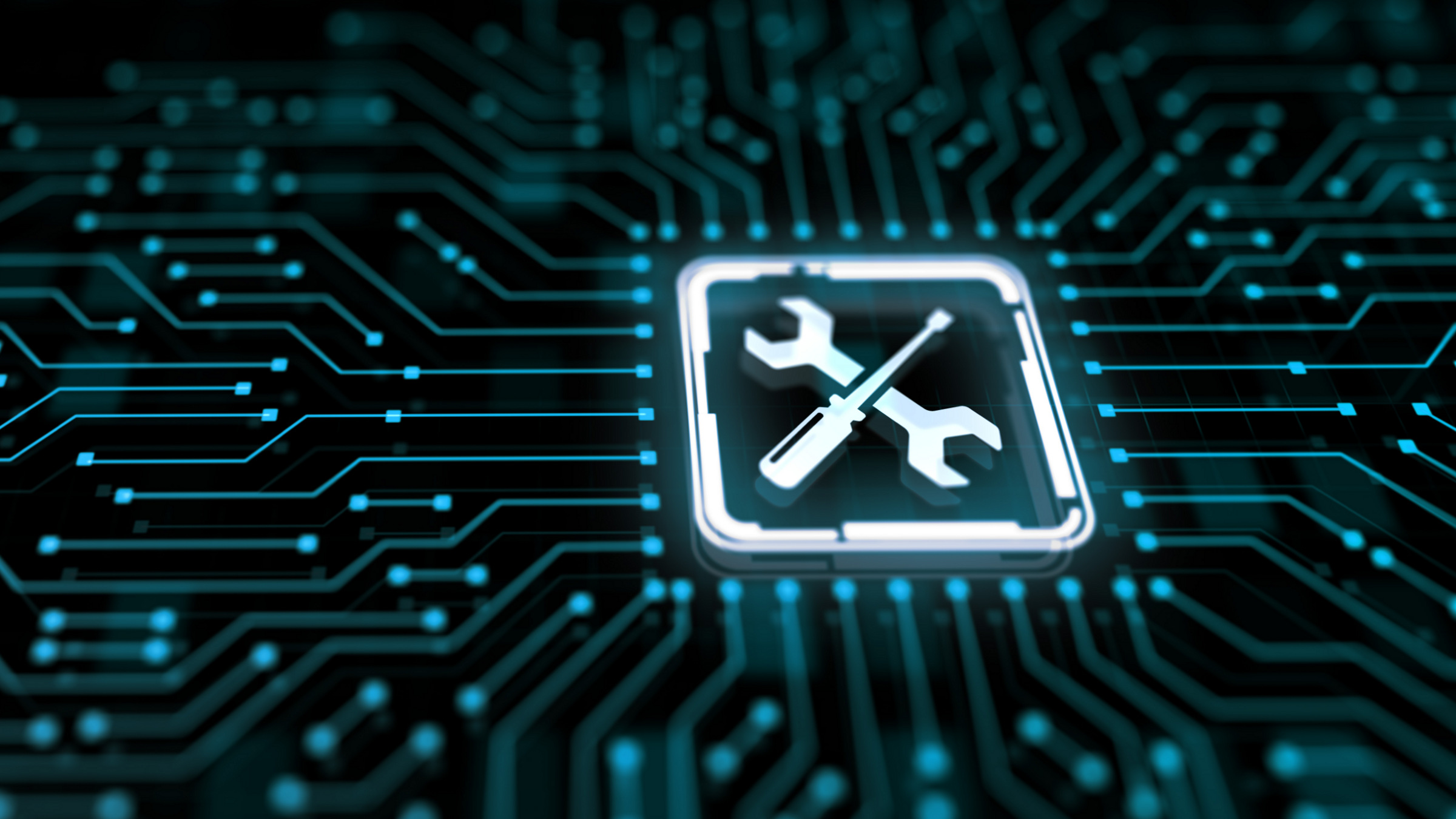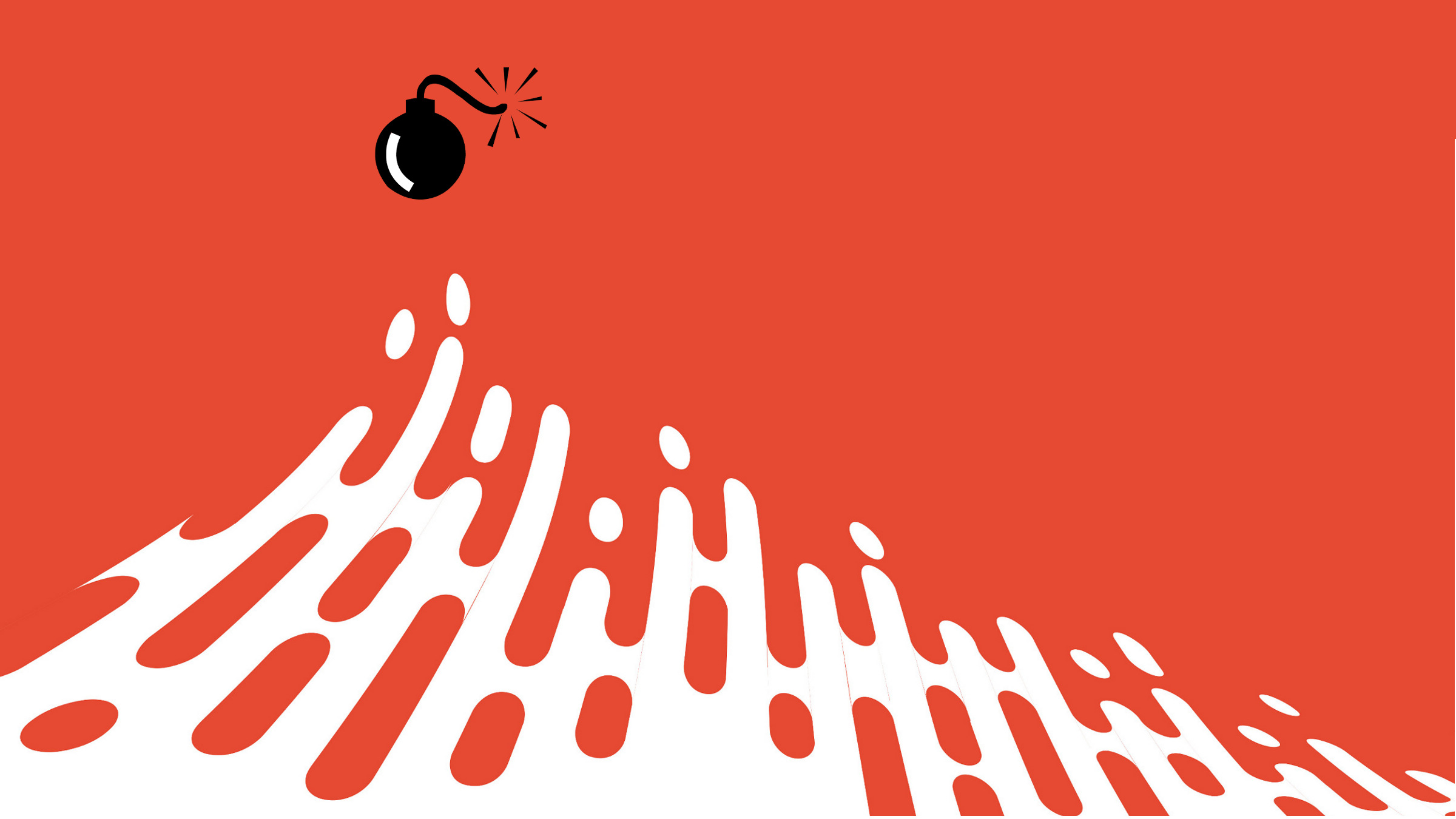Every fingerprint is believed to be unique, making it possible to identify an individual by matching a new fingerprint with an image on file, whether to unlock a mobile phone, access a bank account, or solve a murder. Fingerprint examiners, however, do not always agree on whether two print images match and, asked to recheck their work after several months, they sometimes do not even agree with themselves. That is leading to increased use of neural networks, powerhouses for identifying and matching patterns of all sorts, to automate and improve decisions about whether two fingerprints come from the same person.
A group of computer scientists decided to use neural networks to test the assumption that no two fingerprints are the same. Using twin neural networks, researchers from Columbia University, Tufts University, and the State University of New York (SUNY) University at Buffalo looked for similarities between different fingerprints in a database from the National Institute of Standards and Technology (NIST). They applied deep contrastive learning, a technique in which the neural network compares images to learn which attributes are the same and which differ. If the distance between the network’s statistical representations of two images is above a given threshold value, the images are deemed to be different. Below that value, they are ruled to be the same.
The researchers found that different fingerprints from the same person shared what they called “very strong similarities.” Most of the similarities occurred in the ridge patterns near the center of the finger, whereas other aspects of the images, traditionally used by experts, had little predictive value. “Typically they have similar angular curvatures. And a lot of times the pattern is even pretty similar on different fingers from the same person. Whereas if you go to another person’s fingerprints, their curvatures will be different,” said Gabriel Guo, first author of the paper in Science Advances, who completed his undergraduate studies at Columbia this spring.
The model was able to distinguish between different fingers from the same person versus fingers from different people with 85% accuracy, Guo said. That accuracy is not great enough to be accepted in court, but it could provide investigators with valuable leads, he argued. The team trained the model on a relatively small set of fingerprints, fewer than 60,000, so he thinks its accuracy could be improved with more training data.
Reviewers pushed back on the findings, and the paper at first was rejected. One reviewer, Guo said, simply did not accept that there could be matchable similarities between different fingerprints from the same person. In response, the team looked further into which similarities the neural network had keyed in on, which is how they discovered it had focused on the central ridge patterns. Guo’s advisor, mechanical engineering professor Hod Lipson, appealed to the journal, which then accepted the paper.
Some forensics experts, however, say the study did not really discover anything new. Christophe Champod, a professor of forensic science at the School of Criminal Justice of the University of Lausanne in Switzerland, told CNN that experts have long known there are correlations between the fingerprints of individuals. Simon Cole, a professor in the department of criminology, law, and society at the University of California, Irvine, told CNN that while the assumption that no two fingerprints are exactly the same has never been proven, the fact that there are similarities among the fingerprints of the same person, as well as between different people, has always been known. Guo, though, takes the comments in stride. “If people aren’t criticizing you, then maybe you’re not doing something that’s important enough,” he said.
Matchers, human or automated, look at three different levels of features in fingerprints to determine a match. There is the pattern of the ridges—the loops and arches and whorls that people can easily see. Second-level features called minutiae, tiny differences in the way ridges end or fork, are the features human matchers rely on most. Finally, there are level three features—pores, the width of ridges, and creases or scars, which can be combined with minutiae to obtain a more certain match. Artificial intelligence (AI) is well-suited to matches based on level-three features; in fact, it may even uncover new features, said Arun Ross, a professor of computer science at Michigan State University.
“Minutiae-based algorithms have ruled this domain for a long time,” Ross said. “Now with the advent of AI-based techniques where the neural network can discover features, this has only further improved the accuracy of fingerprint recognition.”
He, too, is skeptical about the findings of the Columbia paper. While fingerprints may be unique, they are built out of the same set of features. That leads to some level of similarity, especially when one focuses on only part of the print. “I can always find features that make my fingerprint look like yours,” he said. With the right selection of features, “Not only will you have correlation between your own fingers, you will start having correlation with someone across the world.”
Ross said AI has “tremendously” improved biometrics, not only in fingerprints but in face recognition. “If we read the NIST report on face evaluations, the authors clearly point out that over the past few years, performance numbers have improved a significantly,” he said. “Primarily because most of the best-performing, if not all of the best-performing techniques, have harnessed deep learning methodologies.”
As with many other deep learning applications, accuracy has improved because the models have more data to train on than they used to have, and more computing power in the form of GPUs, Ross said. On top of that, the models now use transformer architectures, the same technology used to train large language models. Such architectures rely on an attention mechanism, which assigns greater weights to certain aspects of the data, causing the model to focus on the more salient part of an image. Those have largely replaced the convolutional neural networks that had previously been used, Ross said.
In fact, “mugshot to mugshot” face identification, comparing two images of a face taken under controlled conditions, is essentially a solved problem thanks to neural networks, said Anil Jain, a professor of computer science and engineering at Michigan State University who has long worked on biometrics. Similarly, “rolled to rolled” fingerprints, where a subject rolls their fingers on a scanner to get a complete and accurate image, had high accuracy already, but neural networks have allowed databases of such prints to be searched faster.
NIST has focused on biometric security since shortly after the 2001 attack on the World Trade Center, said Elham Tabassi, associate director for emerging technologies at NIST’s Information Technology Laboratory. In 2004, the agency released the NIST Fingerprint Image Quality (NFIQ) algorithm, which assesses the quality of scanned fingerprint images when they’re being created, allowing the person taking the prints to repeat the process to get better results. As technology advanced, NFIQ was updated in 2012, and companies that make fingerprint ID systems continue to test their work against it.
In security applications, the people who make the systems also make decisions about where to draw the line between false positives and false negatives. For something requiring high security, such as accessing a bank account, they might set the threshold for what counts as a match higher, even though that will likely increase the rate of false negatives. For simply unlocking a smartphone, they might set it lower to make the system more convenient. “I don’t want to be annoyed that my phone keeps telling me, ‘your fingerprint was not accepted’,” Tabassi said.
The challenges, both for faces and fingerprints, lie in matching images taken under controlled conditions to those in the wild, such as a partial or smudged print from a crime scene, or a face turned away from the camera or partly covered by a hood. Jain said there have been instances where a face recognition system incorrectly matched a fuzzy frame from a surveillance camera to a driver’s license photo, “and the police called it a hit and the poor guy was put in prison.”
One issue with using AI models for fingerprint identification is the question of interpretability. It is not always clear which features the computer zeroed in on to decide that two images match. Adding human-interpretable features, the minutiae, to the model boosts accuracy, Jain said. While models do an excellent job of matching when they’re using all 10 of a person’s full fingerprints, for latent fingerprints, those invisible traces from a crime scene made visible through dusting techniques, they can narrow down the matches and leave the final decision up to human experts.
Training models to assess latent prints is difficult because there is not a lot of data on which to train them, said Jain, whose work on latent fingerprint identification is supported by the Department of Homeland Security. He developed a synthetic fingerprint generating algorithm to provide more training data, which has helped, he said. Still, even the generator needs enough real data to work with if it is to produce good synthetic data.
The next frontier lies in contactless fingerprints, Tabassi said. The Covid pandemic raised concerns about many people touching the same surface, and some people, particularly children, have a hard time placing their fingers on a scanner correctly. Instead, a camera, perhaps even one in a smartphone, could take a photo of a fingertip and use that. “The idea is that you wave your finger and magic happens,” Tabassi said. Researchers are still working out how to match such contactless prints, in which lighting and positioning may vary, with traditional prints.
While automated fingerprint recognition is now good enough that people can use it to access their bank accounts or cross through a national border, it is far from being able to determine whether a person committed a crime, Jain said, so human experts need to have a say. “The AI systems are not at the level where you take their word that, ‘yeah, this person has the highest similarity with the crime scene photo or crime scene fingerprint’,” he said. “What is really desired is improvement in the latent matching accuracy for solving crimes and apprehending the suspect. That is still a little bit on the shaky grounds.”
Further Reading
- Guo, G., Ray, A., Izydorczak, M., Goldfeder, J., Lipson, H., and Xu, W.
Unveiling intra-person fingerprint similarity via deep contrastive learning, Science Advances, 2024, 10.1126/sciadv.adi0329 - Bontrager, P., Roy, A., Togelius, J., Memon, N., and Ross A.
DeepMasterPrints: Generating MasterPrints for Dictionary Attacks via Latent Variable Evolution, Proc. of 9th IEEE International Conference on Biometrics: Theory, Applications and Systems (BTAS), 2018. 10.48550/arXiv.1705.07386 - Engelsma, J.J., Cao, K., and Jain, A.K.
Learning a Fixed-Length Fingerprint Representation, IEEE Trans. on Pattern Analysis and Machine Intelligence, 2019. DOI 10.1109/TPAMI.2019.2961349, 2019 - Fiumara, G.P., Flanagan, P.A., Grantham, J.D., Ko, K., Marshall, K., Schwarz, M., Tabassi, E., Woodgate, B., Boehnen, C.
NIST Special Database 302: Nail to Nail Fingerprint Challenge, Technical Note (NIST TN) – 2007, 2019, 10.6028/NIST.TN.2007 - Beyond Fingerprints and Faces – Who Really Knows Us?
https://www.youtube.com/watch?v=RWY7hdsyr78




Join the Discussion (0)
Become a Member or Sign In to Post a Comment